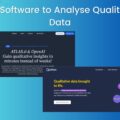Top 5 Graph Data Extraction Software: Simplify Your Data Analysis Game!
Looking for reliable software to extract data from graphs? We got you covered. Our team has rigorously tested tools to recommend the best, not just the ones with the biggest budgets, ensuring you can automate the extraction of data from graphs efficiently and accurately.
In today’s data-driven world, extracting precise information from graphical representations is a necessity across various fields, from academic research to market analysis.
No matter your field, you’ll find something to suit your needs below.
1. PlotDigitizer
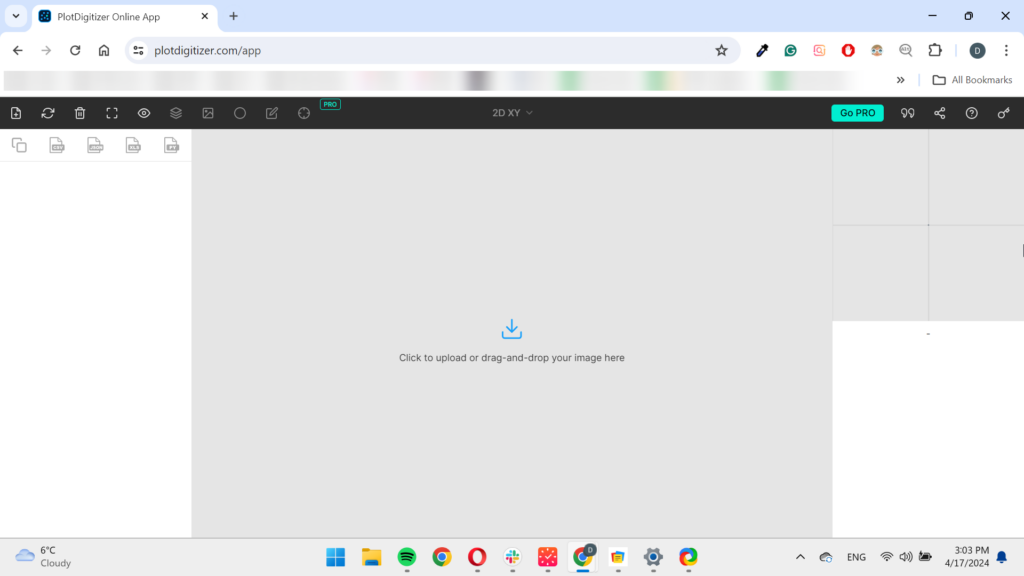
Ideal for a wide array of graph types, PlotDigitizer is a versatile tool that caters to the needs of professionals requiring extensive data extraction capabilities.
Its auto-tracing feature simplifies the process of converting visual data into a digital format, making it a go-to for users dealing with complex plots.
The software shines with its compatibility, supporting various image file formats and offering multiple export options.
Whether you’re working on a Windows, Mac, or Linux system, or even prefer a web-based solution, PlotDigitizer has you covered.
However, it’s worth noting that some of its advanced functionalities are gated behind a Pro version.
New users might also find the interface a bit challenging at first, and the tool’s inability to differentiate between curves in a single extraction could limit its application in certain scenarios.
Pros:
- Supports a wide range of graph types.
- Offers auto-tracing features.
- Compatible with multiple image file formats.
- Provides multiple export options.
- Cross-platform availability.
Cons:
- Advanced features require Pro version.
- Cannot differentiate between curves in one extraction.
- Interface may be less intuitive for first-timers.
2. WebPlotDigitizer
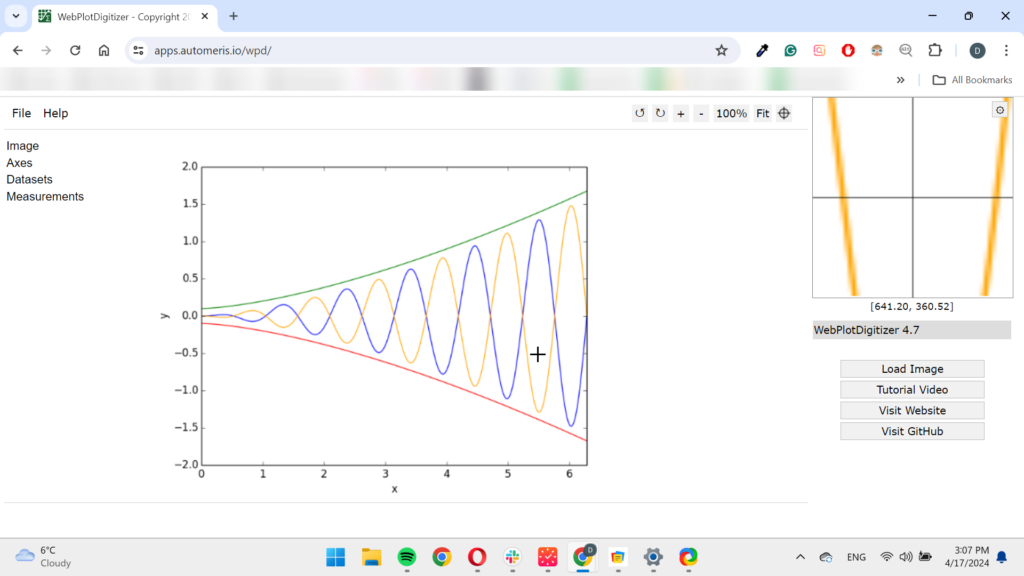
WebPlotDigitizer is designed for quick and efficient data digitization from complex plots.
Its automatic data extraction capability, complemented by a precise zoom-in feature, ensures high accuracy in data retrieval, making it ideal for detailed analysis work.
This tool stands out with its support for exporting data into Plotly, facilitating the creation of clean and formatted graphs.
However, its automatic extraction might inadvertently capture unwanted elements, and its interface requires a bit of a learning curve to master.
Pros:
- Automatic data extraction.
- Zoom-in feature for precision.
- Supports exporting data into Plotly.
- User manual and tutorials available.
Cons:
- May pick up unwanted elements.
- Cannot differentiate between different data types in one go.
- Interface and functionality have a learning curve.
3. GraphClick (Mac OS)
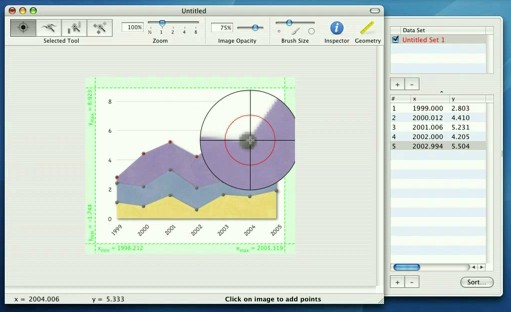
GraphClick offers a user-friendly solution for Mac users, with its automatic detection of curves, symbols, and bar charts, and the unique ability to digitize data from QuickTime movies.
Its interface is designed for ease of use, with a magnification feature that aids in precise data extraction.
However, its exclusivity to Mac OS and potential compatibility issues with newer versions may limit its accessibility.
Additionally, like other tools, it struggles with differentiating between multiple data sets in one extraction process.
Pros:
- Automatic detection of various elements.
- Can digitize data from QuickTime movies.
- User-friendly interface.
Cons:
- Limited to Mac OS.
- Compatibility issues with newer Mac versions.
- Lacks multi-data set differentiation capability.
4. DataThief
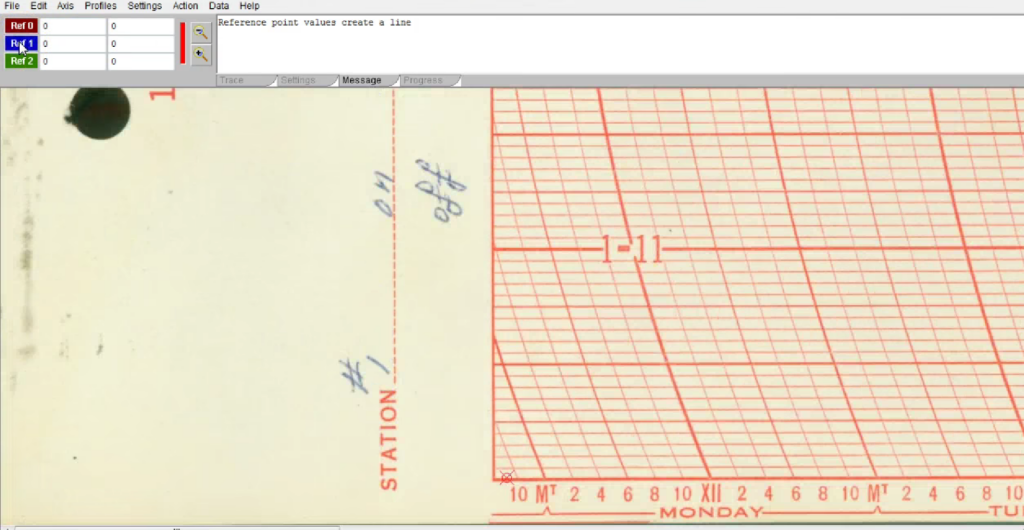
DataThief excels in handling both continuous and dotted line series, allowing for precise axis, tick mark, and scale identification.
Its cross-platform nature, thanks to being written in Java, ensures wide accessibility.
However, its lack of full automation requires users to manually set up each graph for extraction, which might not appeal to those seeking quick results.
The interface may also feel outdated to users accustomed to more modern software aesthetics.
Pros:
- Handles continuous and dotted lines.
- Accurate data extraction setup.
- Cross-platform compatibility.
Cons:
- Not fully automated.
- Outdated interface.
- Requires registration fee for full features.
5. ScanIt (Windows)
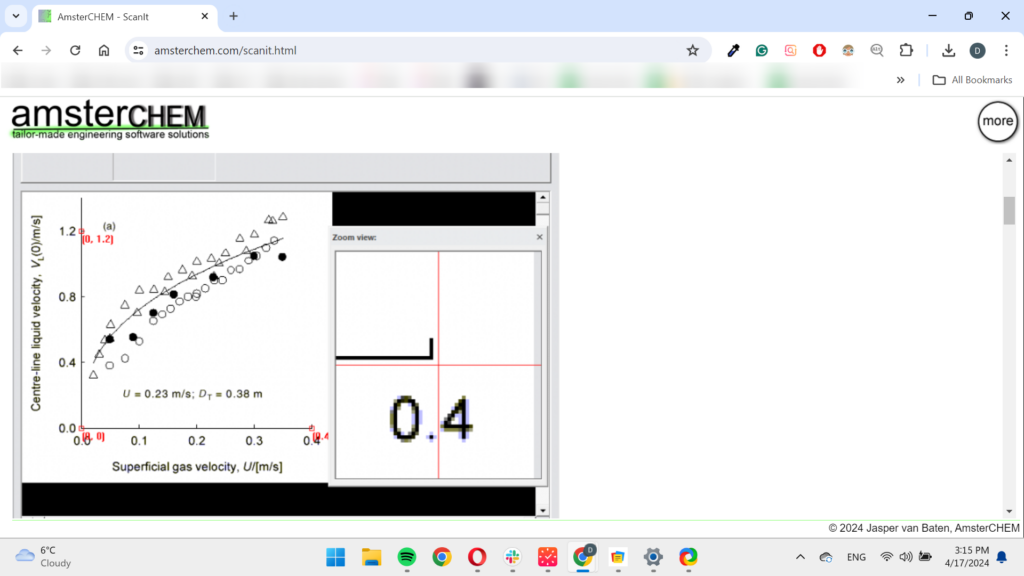
ScanIt offers a free solution for Windows users, simplifying the data extraction process from graphs.
Its automatic point recognition feature is particularly useful for distinguishing between different symbols used as data points.
Despite being free, its limitation to Windows and the non-open source nature might deter some users. Additionally, the automatic recognition feature’s effectiveness can vary depending on the graph type.
Pros:
- Free and easy to use.
- Automatic point recognition.
- Windows compatibility.
Cons:
- Not open source.
- Limited to Windows.
- Automatic recognition may vary by graph type.
Wrapping up
When choosing software to extract data from graphs, consider your specific needs, such as the types of graphs you’re working with, your operating system, and whether you prefer a free or paid solution.
Each tool offers unique features and limitations, so selecting the one that best fits your requirements will ensure efficient and accurate data extraction.
